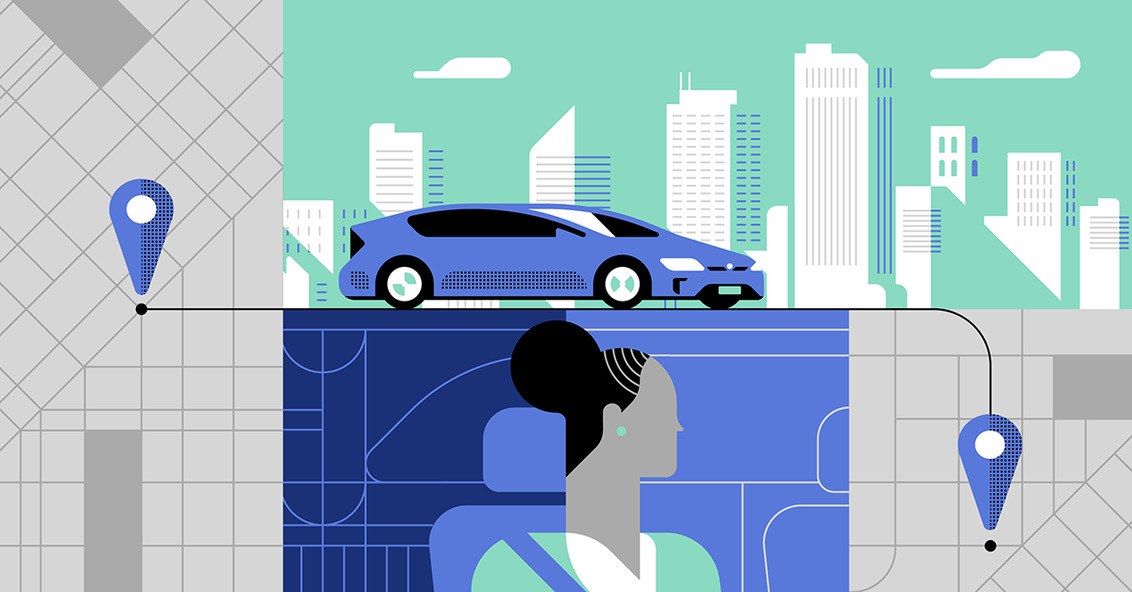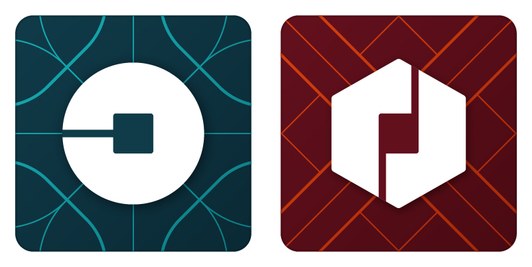REBRAND? A CLOSER LOOK AT HOW UBER SHIFTED THE PARADIGM
THOUGHT
TODAY, MILLIONS OF people around the world will turn on their smartphones and scan their screens for the black-and-white Uber icon, only to find it missing. Instead, theyll see a colorful geometric shapehexagonal if they drive, circular if theyre a rider surrounding a small, bit-like square. The colors and patterns will vary from country to country red in China, turquoise in India, dark teal in the United States but everywhere, the app will open with an elegant, patterned animation, welcoming users to the new Uber.
Go check for yourself, if you havent already. Does it work? Do you like it? Are you freaking out? Be honest.
Because right now, on the fourth floor of Ubers cavernous offices in downtown San Francisco, the company pugnacious founder and CEO, Travis Kalanick, is waiting to hear what people think. He probably pacing it what he does when he works through problems, and this is a problem he been working through for more than two-and-a-half years. I dont know whats going to happen, he tells me five days before launch. It can take time for people to come around to something so new, he says, but I feel that its going to be good.
Uber, the transportation and logistics unicorn many private investors consider more valuable than Ford Motor Company or FedEx, rebranded today. The company updated its logo, and new rider- and partner-app icons reflect the individuality of Uber’s local markets. In place of black, gray, and blue, Uber is embracing bright colors, and lots of them. Each of 65 launch countries will receive a toolbox of new brand assets that include tailored colors and patterns, new midcentury modern illustrations, and guidelines for photography. Uber hopes to develop a more flexible brand that can grow with the company as it develops new products and attracts new customers.
Today, you'll find Uber in 400 cities in 65 countries. Almost two-thirds of its 6,000 or so people have been with the company less than one year. That kind of hypergrowth has a history of causing startups—Blackberry, Palm, and Twitter among them—to lose focus. When most of your employees fit in your living room, it’s easy to communicate your plans. But now that task is exponentially harder. What’s more, Uber is a global and a local brand—the Mumbai market is very different than, say, the market in Lagos. Uber's rebrand, says Kalanick, is about helping every person in its ecosystem—riders, partners, and employees—grok the company's culture and ambitions. If you speak to the global shareholders, they will say the rebrand is positive, time will tell.



